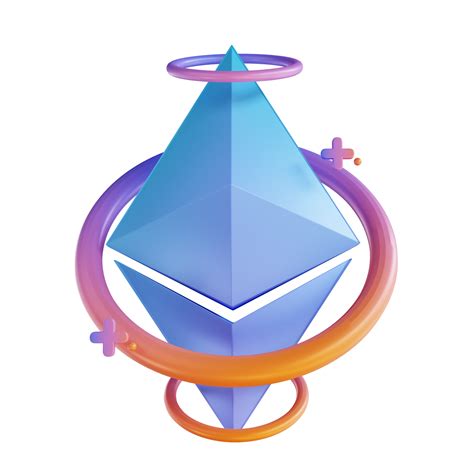The likelihood of discovering a block as a solo miner: Looking into the Ethereum ministry
mining mechanics
As an enthusiast cryptocurrency, the crucial understanding of the internal functioning of the Ethereum network is decisive. One aspects of mining, which often causes curiosity, is the discovery process, especially for solo miners who work independently without a mining fund. In this article, we immerse ourselves how many coins are rewarded as a result of the discovery of the block and give a view of the chances of participating.
What is the block in Ethereum?
In the algorithm of the consensus in Ethereum from the consensus of the work, it contains every new block that is added to the blockchain, contains a list of unconfirmed transactions. These transactions represent a user’s activity image in the network at a particular time. The first transaction in each block is called the “block head” and is used as a reward for a miner that successfully solves a comprehensive mathematical problem.
How many coins are rewarded per block?
Each new block contains approximately 6,000 to 7,000 transactions (although this may vary depending on the network overload). The total amount of ether (ETH) mined per year is around $ 3.2 billion. Since each transaction has a unique reward, the number of coins rewarded as a result of the discovery of a single block is roughly proportional to the total amount of ETH mining.
Calculation
To estimate the number of coins rewarded for the discovery of the solo miner, we must calculate the reward for the block and then multiply it by the number of blocks. Assuming that the average block remuneration of 1,000 ETH (commonly cited value) and estimated annual ETH production of approximately $ 3.2 billion, here are some gross estimates:
- Reward per block: Approximately 1,000 ETH / 6,000-7,000 transactions
- Number of coins rewarded for the discovery of solo miner (based on average 6,500 transactions): 6 500 × 0.2 ≈ 1 300 ETH
chances

To calculate the likelihood of discovering the block as a solo miner, we can use the following formula:
Courses = (number of coins rewarded for the discovery of solo miner) / (total amount of ether mining)
Using the above estimates:
Courses = (1,300 ETH) / ($ 3.2 billion)
Courses ≈ 40 000 to 50,000 times
This means that the solo miner has approximately 0.01% to 0.02% chance of discovering the block in a given year.
Conclusion
Finally, the discovery of one Ethereum block as a solo miner is extremely unlikely due to the huge number of transactions and the complexity of the mathematical problem needed to solve it. The participating courses are stunning, making it an exceptional event that requires significant computational power and expertise.
As demand for mining hardware and computational energy continues to grow, the level of difficulty solving the problem problem is increasing, which will become less feasible solo mining in the near future. However, for those who are interested in examining alternative cryptocurrencies or building their own mining operations, they can understand these courses to provide a view of the challenges and help them prepare.
Leave a Reply